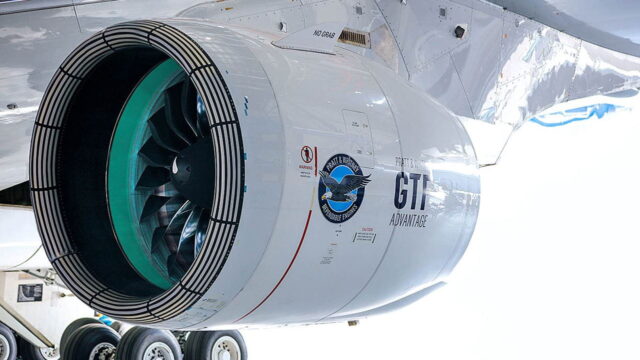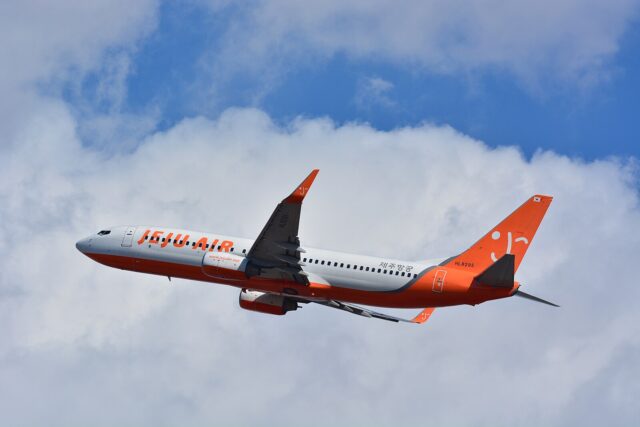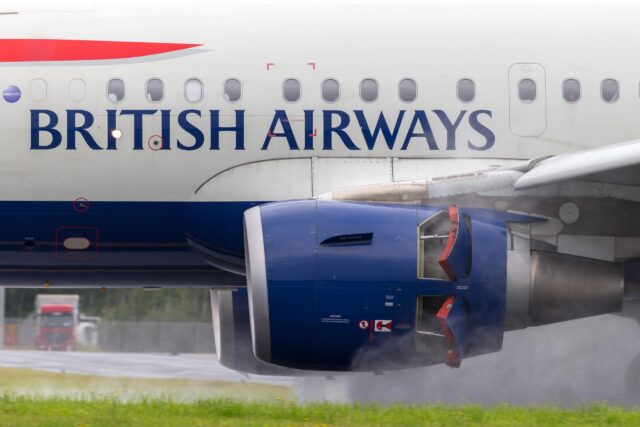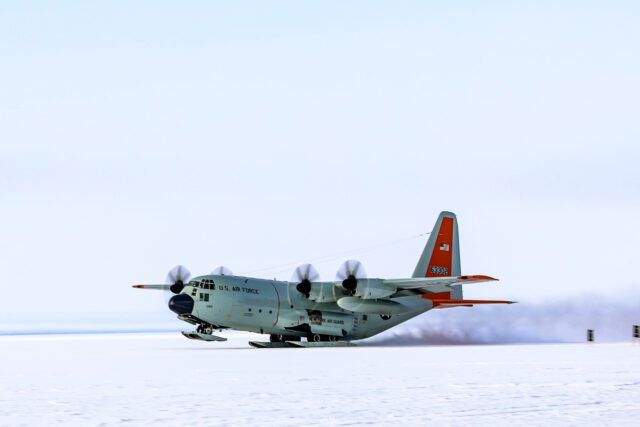Embraer develops counter-UAS upgrade for A-29 Super Tucano light-attack aircraft

November 12, 2025
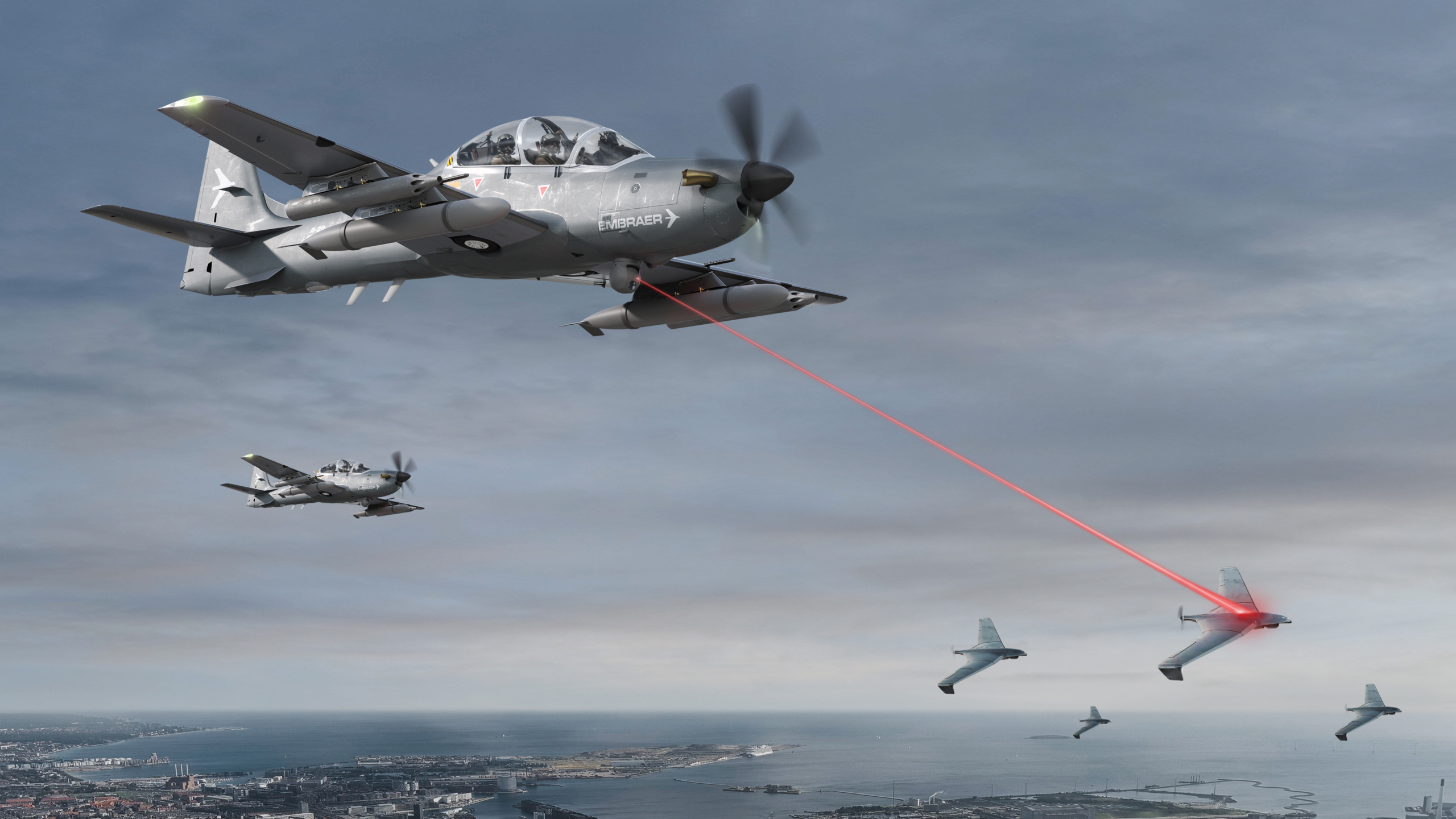
The A-29 Super Tucano, Embraer’s rugged and battle-proven turboprop, is set for another evolution.
The Brazilian aerospace company has revealed that it is developing a new suite of capabilities that will allow the A-29 to track and destroy hostile unmanned aerial systems (UAS).
The move comes as low-cost drones continue to reshape the battlefield, forcing militaries to find equally affordable ways to counter them.
According to Embraer, the aircraft’s upgraded mission profile draws on technology already found in its current systems — a blend of electro-optical sensors, laser-guided weapons and data links that can locate, track and engage drone targets with precision.
“The A-29 has proved to be a flexible and robust platform,” said Bosco da Costa Junior, President and CEO of Embraer Defense & Security. “Modern warfare has shown how urgent it is to find reliable solutions against drones. The A-29 can do that job effectively and at a fraction of the cost of larger systems.”
Embraer A-29 Super Tucano gains new counter-UAS role
The Super Tucano has built a reputation as a workhorse equally at ease supporting ground troops, patrolling borders or training the next generation of combat pilots.
Adding a counter-UAS role gives it another string to its bow — and one that fits neatly within its original design philosophy: do more with less.

Armed with wing-mounted .50-calibre machine guns and laser-guided rockets, and equipped with an electro-optical/infrared turret for real-time tracking, the aircraft will be able to identify and neutralise small to medium-sized drones.
Embraer says the new function will be available to both existing operators and new customers.
The announcement arrives just ahead of the Dubai Airshow, where Embraer will participate. The Super Tucano itself will not be on display, but the company plans to highlight the upgrade as part of its broader pitch to Middle Eastern and African markets — regions where the aircraft’s rugged design and low operating cost are strong selling points, a company official told AGN.
Bookmark our page to stay up to date with the latest Dubai Airshow news.
The A-29 Super Tucano is growing in popularity
Over the past year, the A-29 has seen a steady flow of new orders, confirming its growing appeal beyond Latin America.
Paraguay, Uruguay and Panama have all joined the Super Tucano club, with Panama most recently signing for four aircraft to be operated by its National Air and Naval Service. These will be used for border security and coastal patrol missions.
Portugal became the first NATO member to buy the aircraft, ordering 12 A-29N models built to alliance standards. The first Super Tucanos arrived in August 2025 for system integration at OGMA.

Meanwhile, long-time users such as Lebanon, Indonesia and the Philippines continue to expand their fleets. A recent US Foreign Military Sales package for Lebanon underlines how enduring the platform has become.
With more than 22 air forces flying the Super Tucano, the aircraft has now amassed over 600,000 flight hours worldwide.
Its appeal lies in its practicality: it can operate from short or unpaved runways, is easy to maintain, and costs far less to run than a fast jet — yet still carries sophisticated avionics, precision weapons and secure communications, according to an Embraer official.
How the A-29 Super Tucano takes on the drone threat
Unmanned aircraft have become a defining feature of today’s conflicts — from the skies over Ukraine to flashpoints in the Middle East and Africa.
For smaller nations, defending against these systems can be prohibitively expensive, as high-end air-defence networks were never designed to take on swarms of small drones.
Embraer’s solution is aimed squarely at that gap. By adapting an existing aircraft rather than developing an entirely new system, it offers governments a quicker and cheaper route to acquiring credible anti-drone capability, the company official said.

The Super Tucano’s new configuration will use its electro-optical sensors for early detection, its data links for rapid targeting, and its precision-guided munitions for accurate strikes — all within a package that requires minimal ground infrastructure.
Embraer believes the upgrade will also expand the Super Tucano’s potential in reconnaissance and surveillance roles. Its ability to loiter for long periods and its proven performance in harsh climates make it well-suited to the demands of modern security missions.
“The A-29’s adaptability and resilience have already been proven in environments ranging from jungles to deserts,” the Embraer official said. “These enhancements simply make it more capable of dealing with the realities of the modern battlespace.”
A-29 Super Tucano: built to last
For a programme that began as a modest turboprop trainer in the 1990s, the Super Tucano has come a long way. Today it serves as a frontline aircraft, a trainer, a surveillance platform — and now, potentially, a drone hunter.
Its longevity has as much to do with design philosophy as engineering. The A-29 was conceived to be simple, robust and adaptable, qualities that continue to resonate with air forces facing shrinking budgets but expanding missions.
As one Embraer executive put it during a recent industry roundtable:
“The Super Tucano was born to operate in tough conditions — from dirt strips to high mountains. Giving it the ability to counter drones is just the next logical step. It’s an aircraft that keeps finding new ways to stay relevant.”
